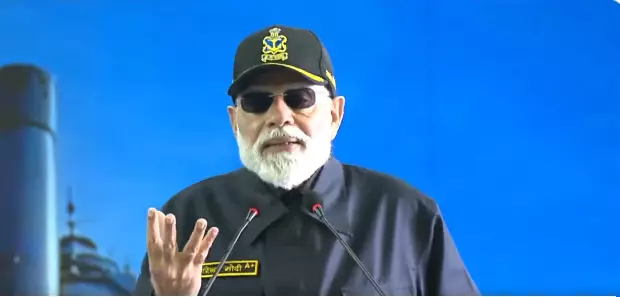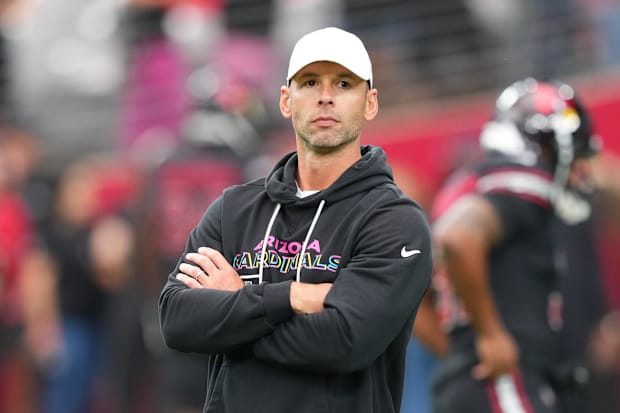Advances in technology are happening so fast that it can be challenging to keep up. To help broadcasters figure out how to best utilize those new technologies in their newsroom media production systems, the DPP recently held a two-day summit in Berlin bringing together both newsmakers and vendors. The outcome of their series of workshop discussions has been compiled into the DPP European Leaders Report highlighting key areas of focus.
“There’s a lot of buzz and talk about tech in our industry,” said Avid Chief Technology Officer Kevin Riley, who participated in the conference. “We really need to think about operational models and improvements and how to reimagine those models. It’s so important for broadcasters, media companies, suppliers, and vendors to come together to workshop these challenges.”

Kevin Riley, Chief Technology Officer, Avid
Optimizing technical resources
This topic is a universal interest: broadcasters want to reduce complexity in their operations and focus on their core business, manage costs and increase the speed of change. But organizational culture and integration difficulties, among other challenges, slow down progress. This is where industry vendors can provide support in overcoming these issues and helping news and programme makers make the best use of the resources they have.
“There’s a lot of disruptive technology in our industry, but we need to think about the operational models first, what creates the biggest win for the customer, the end user,” said Kevin Riley.
Broadcasters need modular solutions that work well with other vendors’ products to help solve what one of them described as their “integration nightmare”. Vendors can provide an open ecosystem and help broadcasters understand what they need for their businesses to function effectively. Alignment between vendor businesses and customer needs is crucial for resource optimization.
“What broadcasters were asking was for vendors to identify their own logical partners and come to them as a group,” said DPP CEO Mark Harrison. “If you’ve got vendors who quite openly work together to ensure that their solutions work well together then that makes it much easier for the broadcaster to embrace what could then be called a modular set of solutions.”
Cloud priorities
With media companies moving to the cloud questions have arisen regarding how best to use the technology to maximize operational efficiency. Broadcasters, so far, have preferred a hybrid approach, using both the cloud and software tools located on premises but not solely relying on public cloud services. They want tools that work in any environment and are not tied to a specific cloud provider. They seek flexibility through usage-based pricing for cloud tools rather than monthly, annual, or minimum usage options, and want transparency regarding whether the tools purchased run on virtual machines, in containers, or as software-as-a-service (SaaS). This particular workshop raised the question of when and how to leverage the benefits of the cloud.
“Some of the vendors might have felt that some of the broadcasters were not yet sufficiently well-informed about the benefits of cloud and how cloud could operate for their business,” Harrison explained.
Making use of AI
The topic of how to utilize artificial intelligence (AI) in news media production systems raised several important issues during this workshop.
The biggest challenge newsmakers raised is the lack of fully developed or high-quality AI solutions specifically geared toward the media industry. They’d like to see more sophisticated solutions for localization, content creation, workflows, metadata indexing, and scheduling. The other issue is insufficient clarity on ethical and regulatory implications of AI and the need for guidelines. AI adoption costs are also a concern and the possibility of alternative business models, like revenue sharing, could be explored.
“A very helpful statement came out from the conversations— that everyone needs to be transparent,” Harrison commented. “So, any content organization that is using AI needs to be transparent with audiences in how this particular content has been generated. Providers of AI services have to be very transparent about their models and what they are seeking to do. “
Organizational efficiency
Broadcasters want to do what they’re currently doing, but better. They want to maximize their team’s talents, be more agile, and gain strategic clarity. Yet, cultural resistance and organizational structures prevent them from driving change. Change often takes place purely for financial reasons, rather than considering the specific operational benefits that can come from new workflows and new technologies.
“A statement made by one person in the broadcast community was that organizational change that comes out of cost saving almost always creates the wrong organization,” Harrison remarked. “The motivations are all wrong, and the decisions you make are all wrong for trying to then optimize.”
There is an opportunity for vendors to become strategic partners in these broadcast transformations by demonstrating how their products and services can create more efficient news media production systems.
“I’ve seen similar transitions like this and the only way it works is to do it together because there’s no proven recipe or standards to get this done,” Riley said.
Constructive and collaborative
Despite technology transformation and challenges broadcasters face, both Riley and Harrison were encouraged by the frankness of participants during the workshops.
“This is really unique bringing together the broadcasters and the vendors to partner in this way. The openness at this event that I’ve seen has been remarkable and encouraging,” Riley said.
“I think there’s a real preparedness to be open about the about the problems that broadcasters are trying to solve,” Harrison said. “And, I think there’s a real preparedness to listen to vendors about the changes that the customer might need to make to their own business in order to drive the benefits that are offered by those products and services from the vendor community.”
Read the DPP European Broadcaster Summit 2023 report

Download the Report
More Like This

What does tomorrow’s news look like?
News execs discuss what it takes to collaborate effectively in the modern newsroom.
Listen to the podcast

Diverse trends impacting media storage
Storage expert Tom Coughlin shares insight on where the industry is headed.
Get details

Remaining profitable and relevant
DPP CEO discusses ideal news workflows in a multiplatform world.
Explore their findings
Take a step toward the future of news production.
See how















































